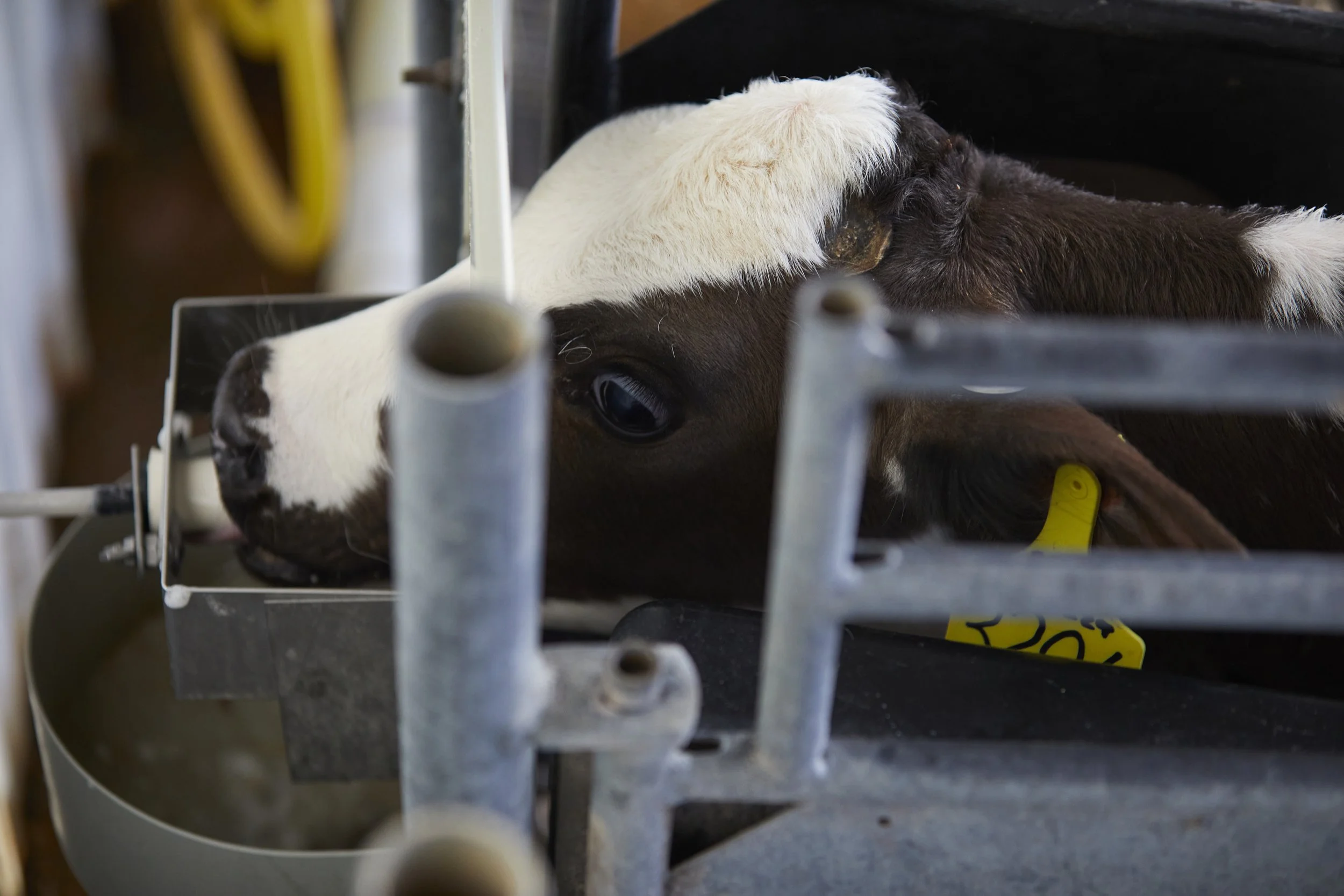What is the “Right” Milk Replacer Formulation?
At Strauss Feeds, we take great pride in our manufacturing capabilities and our ability to customize calf milk replacer (CMR) formulations to fit a vast range of customer desires and requests. Between our own, branded products, and those we produce for our private-label customers, our CMR formulations contain protein levels as high as 30% and as low as 20%. Similarly, fat levels range from 33% to 10%. But with so many options available, it can be challenging to determine the “right” formulation for your calves.
While there is not a single, universal formulation that is best, you likely will achieve better calf performance with higher levels of protein and fat. As a point of reference, consider the formulation Mother Nature serves up. Holstein cow’s milk at about 20 days into lactation contains about 3.6% protein and 4.0% fat. Converted to dry matter, that would be equivalent to a CMR solids formulation of about 28:32.
“Growth is a protein-demanding function, so your desire for gain should drive protein levels and total intake.”
That’s a long way from the “retro” industry standard of 20:20. If we want to deliver calves the nutrients their dams would provide, protein and fat levels need to be about 50% higher than the 20:20 recipe we fed for decades. While feeding one pound of 20:20 powder per day can keep calves alive, healthy growth requires a higher percentage of protein, and greater intake. Growth is a protein-demanding function, so your desire for gain should drive protein levels and total intake.
The following chart is an example of suggested protein and intake levels to achieve weight-gain goals at various levels in the first 60 days of life. The energy level of the diet, mostly influenced by fat content, must be considered as well to keep protein and energy in balance. We generally recommend 20% fat as a minimum level, with 24% or more being preferable.
Figure 1. Recommended CMR protein percentage and daily intake to achieve various average daily gain (ADG) goals in first 60 days of life.
The type of animal you are raising and that calf’s purpose also will dictate CMR nutrition plans. Feeding adequate fat with a limited amount of protein will limit stature growth and produce a shorter, fatter calf. That’s probably the right strategy for steer calves, as we want them to have smaller frames and fast gain.
For heifers destined for the milking parlor, stature and lean tissue growth are much greater priorities, which will require more protein. Traditional cow’s milk is almost always higher in fat than protein, but as an industry we’ve backed off fat in an effort to encourage grain consumption and make weaning easier.
New Research Says
If we feed heifer calves more nutrients early in life, we will be rewarded not only with faster growth and better health, but also higher milk production in at least their first two lactations.
To balance Mother Nature’s desire to feed fat and our man-made desire to improve the weaning process, a more effective strategy is to feed high fat early in life, making the initial liquid diet as energy dense as possible. Then, at 4-5 weeks of age, fat levels can be reduced to promote effective weaning. This approach may not be practical on-farm. If that is the case, it is better to keep fat levels higher and explore other options to facilitate weaning, than to deprive calves of the energy they need to support health, immunity, and growth.
We now have plenty of research-based evidence that if we feed heifer calves more nutrients early in life, we will be rewarded not only with faster growth and better health, but also higher milk production in at least their first two lactations. Your nutritionist can help fine-tune a plan that works best for your animals and herd goals. But in general, feeding high levels of protein, fat, and volume will give you better-performing calves, both today and down the road.






It takes hard work and considerable investment to create a newborn calf. So, when that calf hits the ground, we want to do everything we can to give it the best possible start to a healthy and productive life.